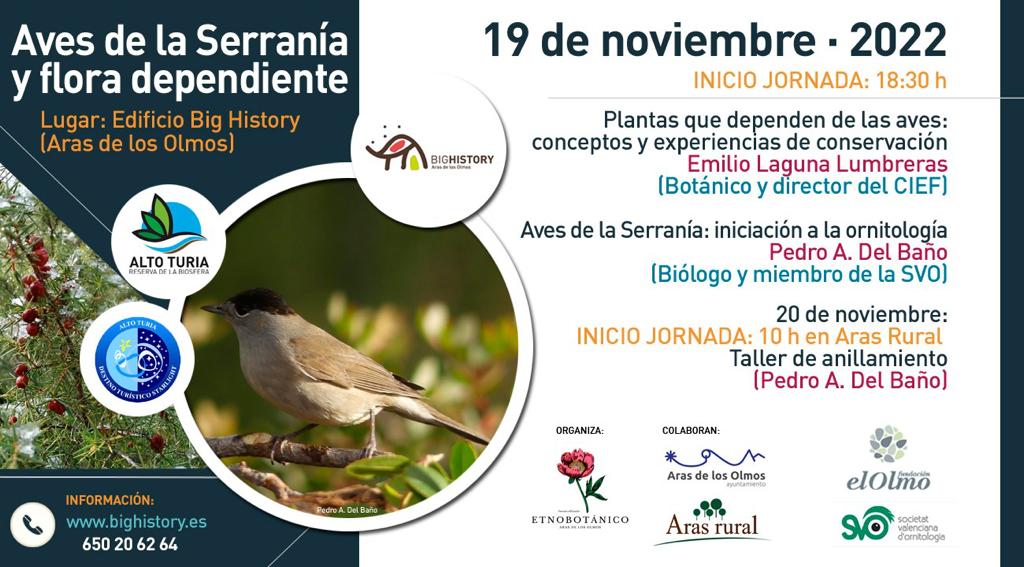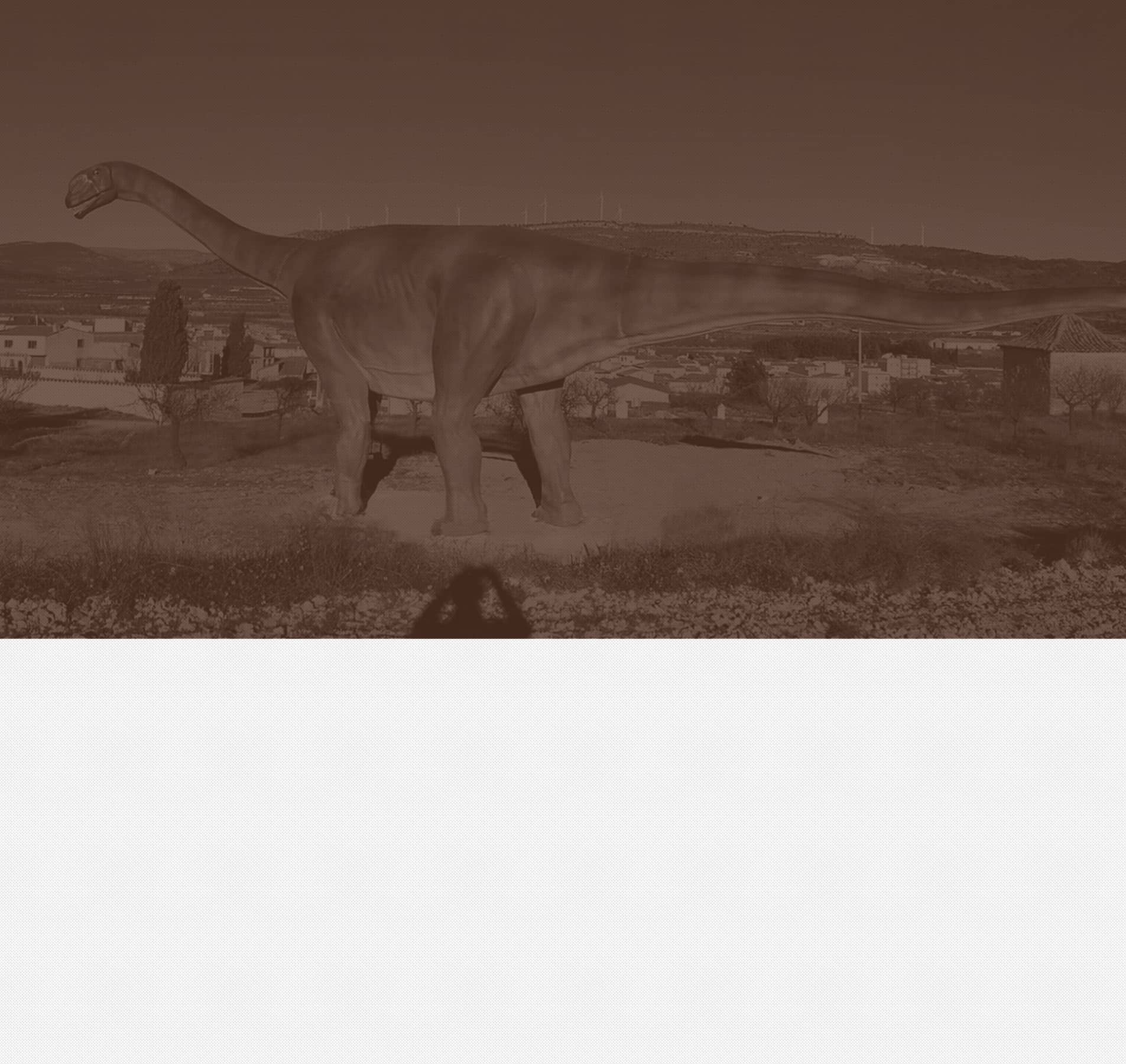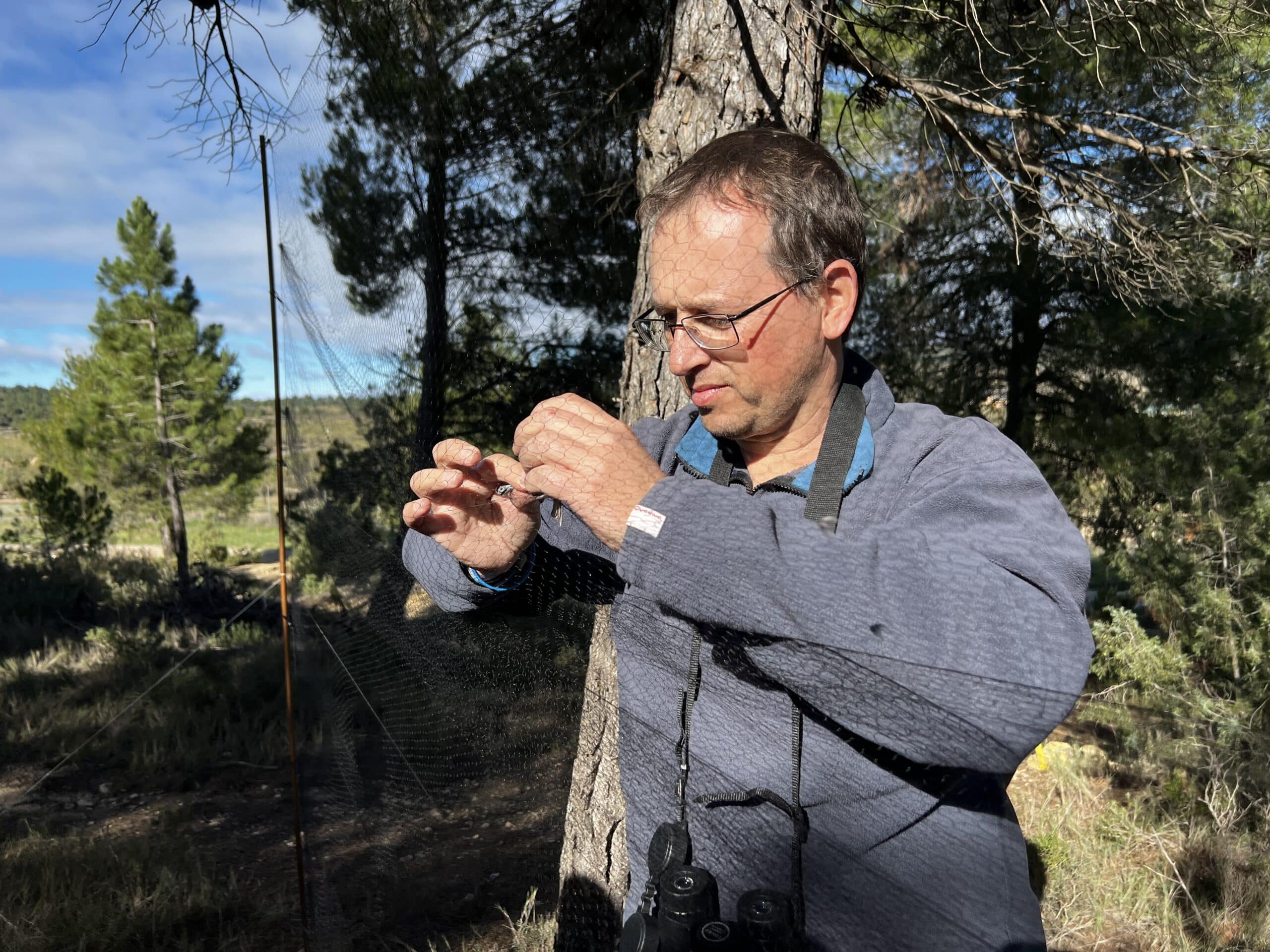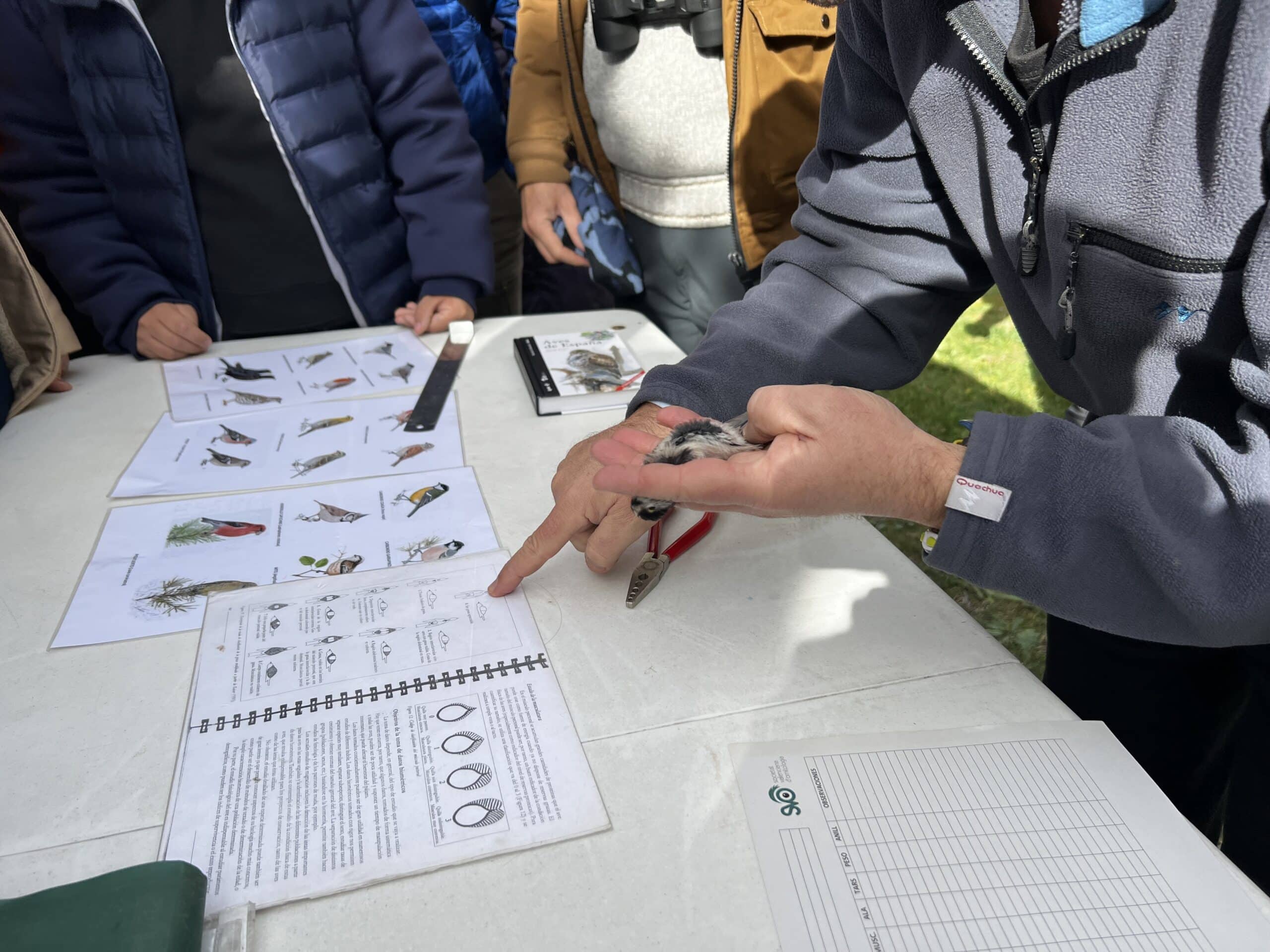
Birds of the Serranía and dependent flora
30/11/2022
Ana María Pujante Mora
On Saturday 19 November a conference on the interrelationship between plants and birds was organised at Big History, which was attended by more than 40 people. The speakers were Emilio Laguna (botanist) and Pedro Del Baño (ornithologist).
Plants that depend on birds
Emilio Laguna focused his lecture on the mutually beneficial relationship established between plants and birds. The former feed on the fruits and seeds and the latter are disseminated so that they colonise new territories.

The most effective strategy for plant dissemination is known as zoochory, with birds being the animal group that contributes most to this (ornithochory). The structure of fruits (and seeds) is closely related to their mode of dissemination:
- Endozoochory, when they are ingested by animals and then expelled with the faeces. The passage of the seeds eliminates the hard parts, favouring their germination.
- Epizoochory, when the seeds are fixed to the surface of the animal, by means of fixative devices (hooks) or viscous or sticky substances.
In endozoochory the fruits/seeds have means of attraction for birds:
- Food substances such as carbohydrates, proteins, oils and fats, organic acids, vitamins and mineral salts.
- Attraction devices (colours and smells).
In the case of seeds of aquatic plants, dispersal occurs by mixing with mud and thus adhering to the feet and plumage of waterfowl and marsh birds.
Birds of the Serranía
Pedro Del Baño began his lecture with an introduction to Ornithology, the branch of Zoology that deals with the study of birds. He commented on the need to have good optical equipment (binoculars, cameras, lenses) and good field guides. He also highlighted the two essential conditions for birdwatching: patience and perseverance.
He then showed images of the main birds of the Serranía distinguishing:
- Resident birds: present all year round and with nesting populations.
- Wintering birds: present during the winter period and part of the spring and autumn.
- Migrant birds: these are generally birds that move in spring and nest, returning to their places of origin at the end of the summer.
- Birds of passage: do not nest.
Ringing workshop
The ringing day began with the setting of 4 nets by the experts Pedro del Baño and Guille Gallego.
Scientific ringing consists of individualising each bird by placing a metal band on a leg that contains a unique inscription. It is important to note that bird ringing requires very specific training and an exam to obtain the Certificate of Aptitude for Wild Bird Ringing. It is also necessary to obtain permits to carry out the ringing.
The capture and handling of the birds is very delicate and must be carried out with great care, as the following pictures show:
Over the course of the day, which was attended by more than 35 people, five long-tailed tits (Aegithalos caudatus), one crested tit (Lophophanes cristatus), one short-toed treecreeper (Certhia brachydactyla) and one european serin (Serinus serinus) were ringed.


In addition to the birds that were ringed, a large number of birds were also observed: siskin (Spinus spinus), citril finch (Carduelis citrinella), chaffinch (Fringilla coelebs), great tit (Parus major), coal tit (Parus ater), towhee (Lullula arborea), blackbird (Turdus merula), song thrush (Turdus viscivorus), sparrowhawk (Accipiter nisus), red kite (Milvus milvus), buzzard (Buteo buteo) and griffon vulture (Gyps falvus).
The two days were a success, both adults and children had the opportunity to learn about interesting areas such as botany and ornithology. Lecturers and participants exchanged knowledge and experiences about the richness and biodiversity of the environment that surrounds us. An environment that we should all value and conserve.






